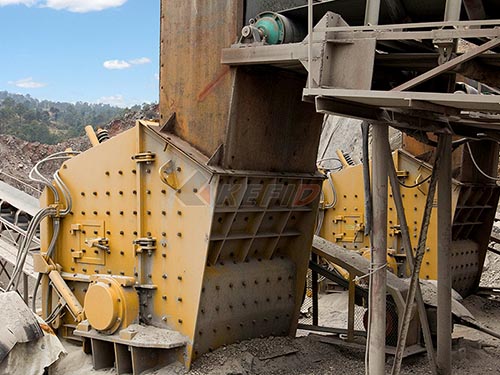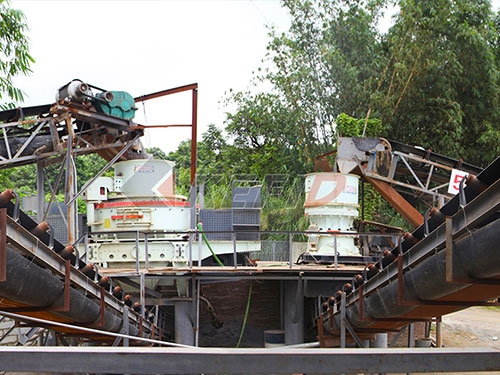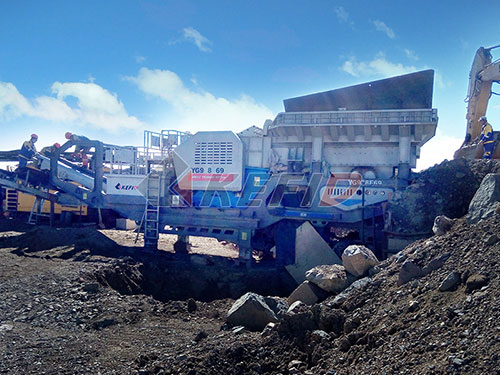The Hartley Stone Crusher: A Pivotal Relic in Quarrying History
While modern quarries resonate with the roar of massive hydraulic excavators and computer-controlled crushing plants, it’s crucial to remember the robust machines that laid their foundation. Among these pioneers stands the Hartley Stone Crusher, a testament to early 20th-century engineering ingenuity that revolutionized stone processing on-site.
Simplicity Meets Strength: The Hartley Design

Developed and manufactured by Hartley & Sugden Ltd. of Leeds, England, likely in the early 1900s, the Hartley crusher embodied a rugged simplicity focused on reliability and productivity in harsh quarry environments. Its core design centered around the jaw crusher principle:
1. Robust Frame: Built from heavy cast iron or fabricated steel sections, providing immense structural integrity to withstand constant impact and vibration.
2. Fixed Jaw & Swinging Jaw: A massive stationary jaw formed one crushing surface opposite a powerful swinging jaw mounted on an eccentric shaft.
3. Powerful Drive: Driven typically by large flat belts connected to stationary steam engines or later early internal combustion engines or electric motors.
4. Toggle Mechanism: A critical component translating the rotary motion of the eccentric shaft into the powerful reciprocating action needed to crush rock between the jaws.
5. Adjustable Discharge: Often featuring manual adjustment mechanisms (wedges or shims) allowing operators to set the size of crushed material exiting between the jaws’ lower ends.

Impact on Quarrying Operations
The significance of machines like the Hartley cannot be overstated:
1. On-Site Processing Revolution: Before reliable primary crushers like the Hartley, large quarried rock often had to be transported significant distances whole for processing elsewhere – immensely costly and inefficient. The Hartley allowed primary crushing at the quarry face, drastically reducing transport costs and enabling more efficient material handling downstream.
2. Increased Production Capacity: By breaking down large blasted rock into manageable sizes (typically several inches), these crushers fed secondary crushers and screens much more effectively than manual methods could achieve.
3. Foundation for Modern Aggregates: The consistent output from primary jaw crushers was essential for producing graded aggregates needed for burgeoning infrastructure projects – roads, railways, concrete production – driving industrial development globally.
4. Durability Under Fire: Known for their over-engineered construction using high-quality materials available at the time (like manganese steel liners), Hartley

Leave a Reply